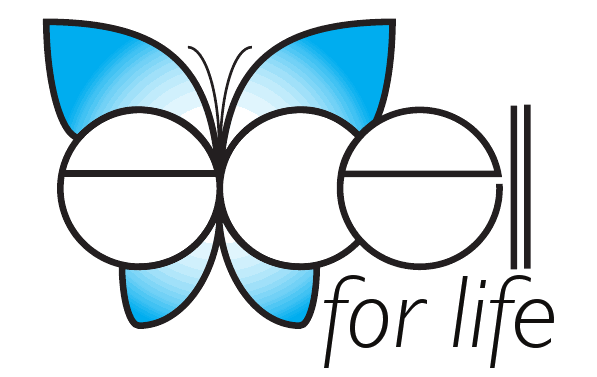How to Stretch: Dynamic, Static, Active, and Passive.
There are 4 different types of stretching: Dynamic, Static, Active, and Passive.
Dynamic stretching involves moving parts of your body and gradually increasing reach, speed of movement, or both.
Static stretching involves holding position.
Active stretching is where you assume a position and then hold it there with no assistance other than using the strength of your agonist muscles.
Passive stretching is where you assume a position and hold it with some other part of your body, or with the assistance of a partner, or some other apparatus. That is, you stretch to the farthest point and hold the stretch.
For our purposes static stretching is going to be the main stretching that you will want to use. Static stretching is for the basic exerciser. This type of stretching allows the person to loosen up the muscles and help the joints have a greater range of motion.
During exercise it is good to do some pre-stretching and post stretching.
Pre-stretching covers the major muscle groups that you plan on working. I typically hold my pre-stretching for 10 seconds. After I work out, I then go back and stretch.
This time I hold my stretches for 15-20 seconds.
I will also do the same stretch multiple times, especially a muscle I know later will be sore.
Muscle soreness after weight training is a natural thing. Typically you will get sore a day or two later. This is called Delayed Onset Muscle Soreness (DOMS). DOMS is just your body’s way of telling you that you worked that muscle hard.
Lactic acid gets stuck inside the muscles causing them to get sore. When you stretch, this releases the lactic acid out of the muscles thus relieving the soreness.
Stretching helps but does not entirely relieve this symptom.
I personally like to work out until I am sore to better build and strengthen muscle, although that is not a requirement. I recommend beginners take it easy for the first couple of times out. When I first start with a new client, I work to get to know them and stop them before they get sore.
When I get done with a full body exercise routine, I will stretch my hamstrings, quadriceps, glutes, lat’s, pec’s, and low back. I will provide a link to a picture for you to be able to see each of these stretches. This will be easier than placing the picture in this article. The website is http://www.bodybuilding.com/ for those of you interested.
Hamstring- http://bodybuilding.com/fun/stretches.php?Name=Hamstring+Stretch
Quads- http://bodybuilding.com/fun/stretches.php?Name=On+Your+Side+Quad+Stretch
Glutes- http://bodybuilding.com/fun/stretches.php?Name=Glute+Stretch
Lat’s- http://bodybuilding.com/fun/stretches.php?Name=Seated+Torso+Reach
Pec’s- http://bodybuilding.com/fun/stretches.php?Name=Chair+Upper+Body+Stretch
Back- http://bodybuilding.com/fun/stretches.php?Name=Seated+Or+Standing+Twist
There are a lot more stretches that can be done. I’m just giving you an idea of what can be done and should be done by almost all people. I recommend stretching daily. It will never hurt to stretch. Again, I do pre and post stretch exercises holding each stretch between 10-20 seconds.
